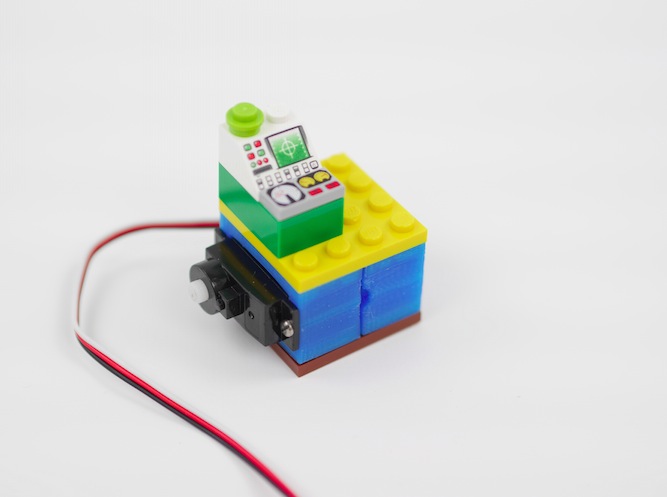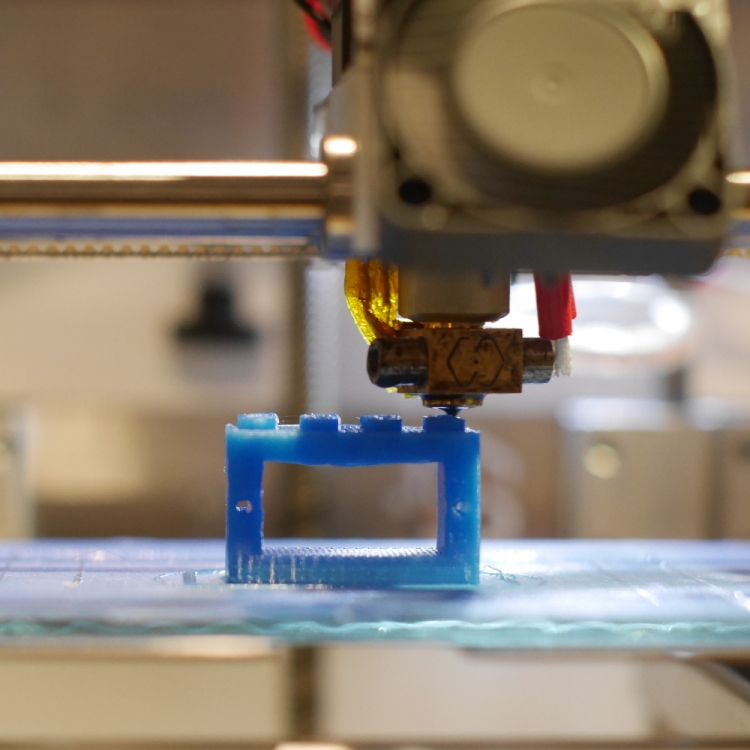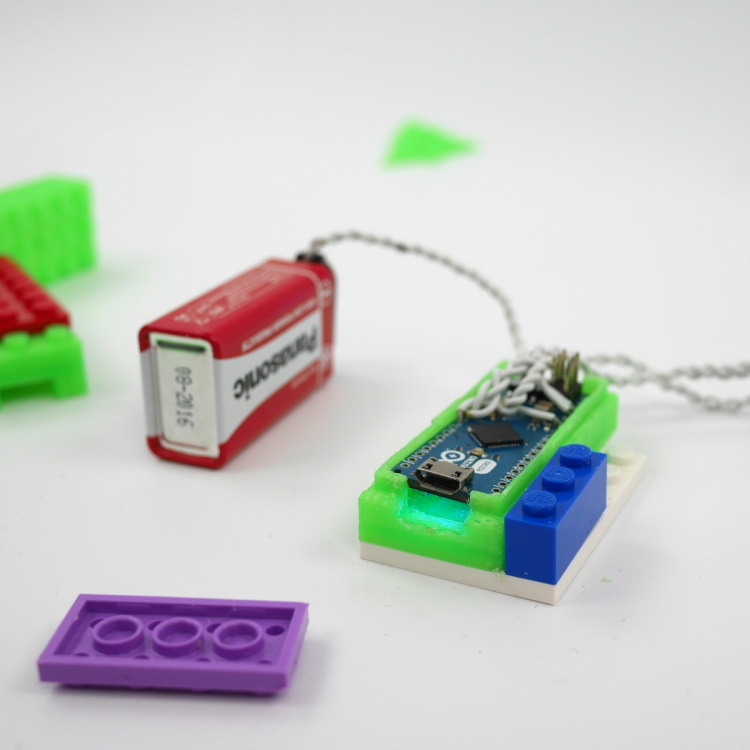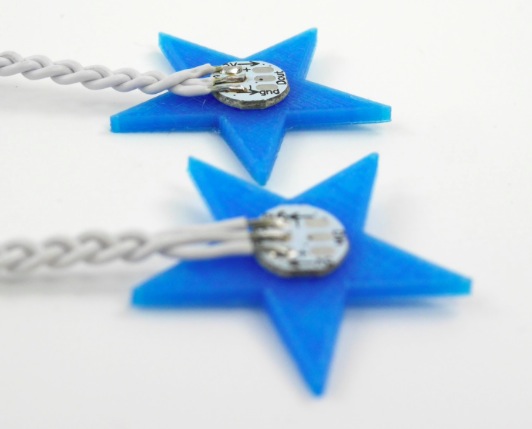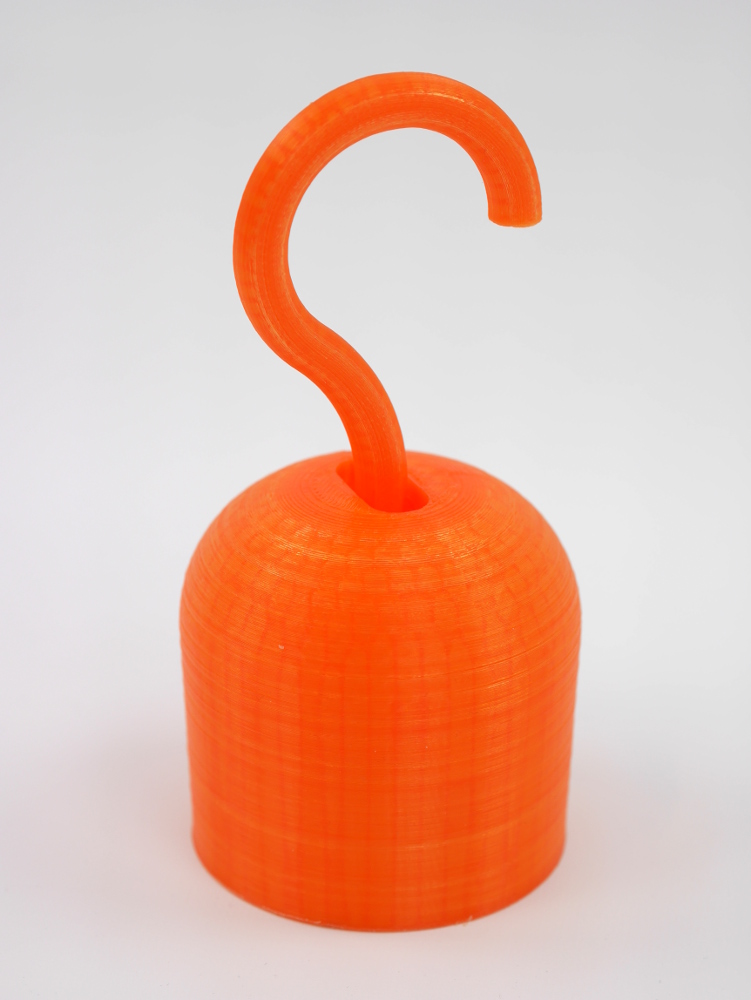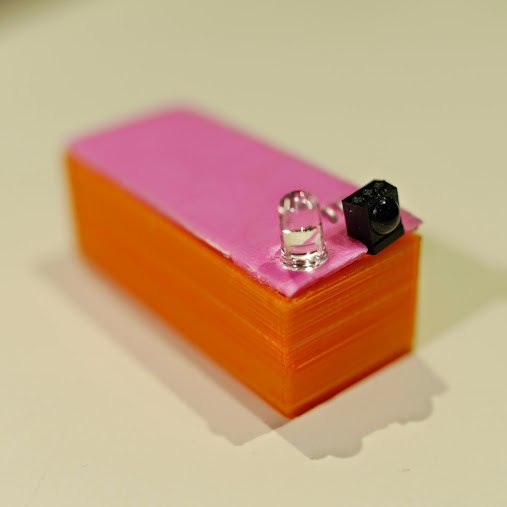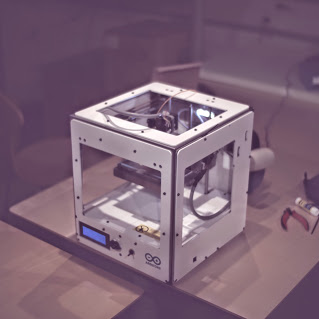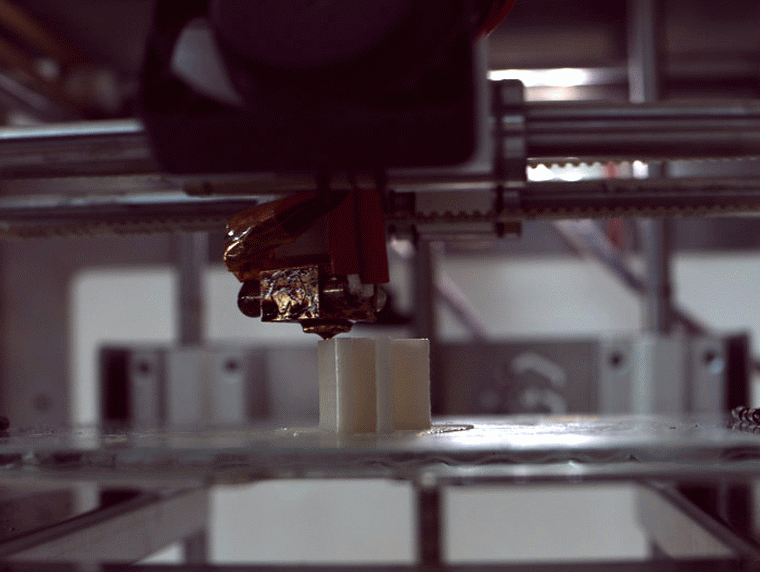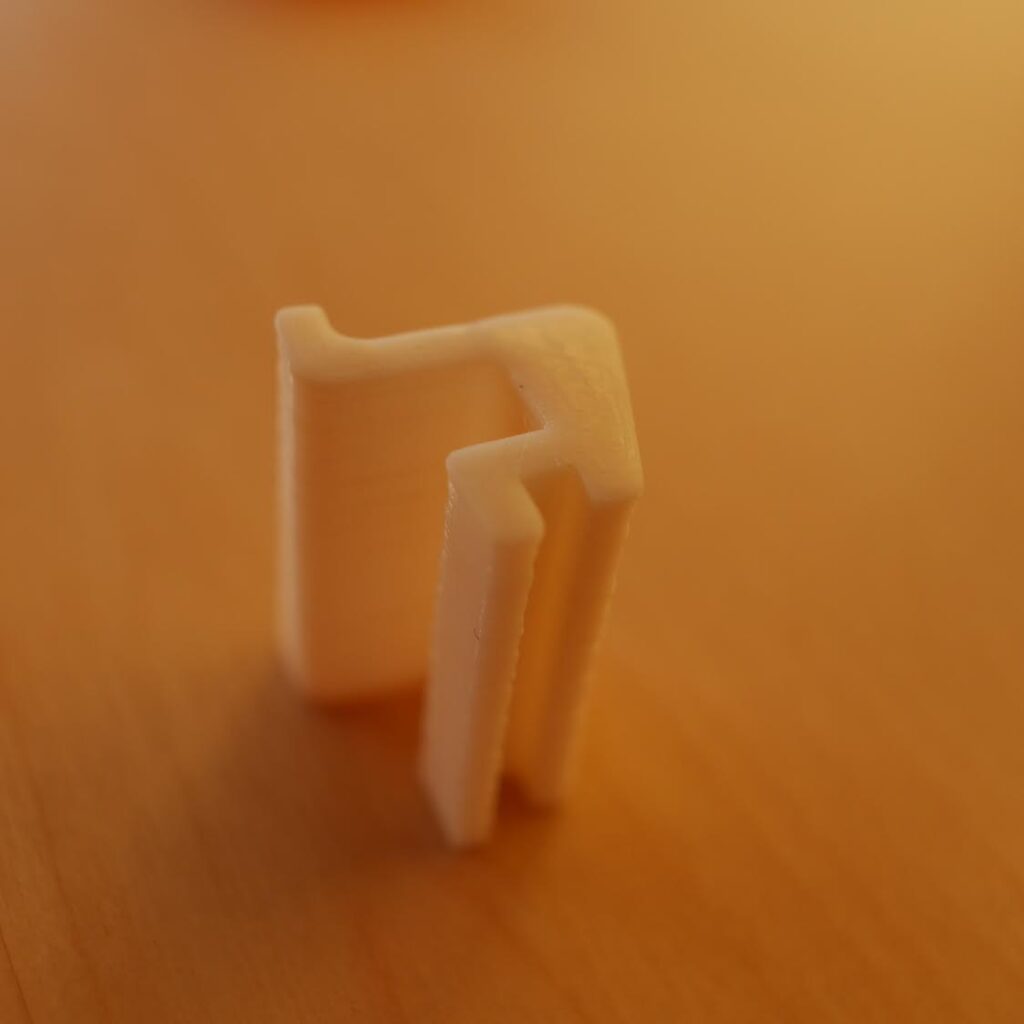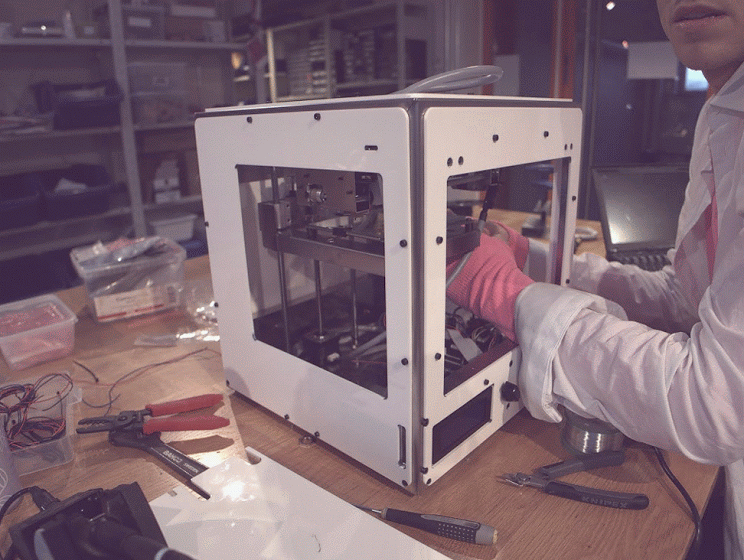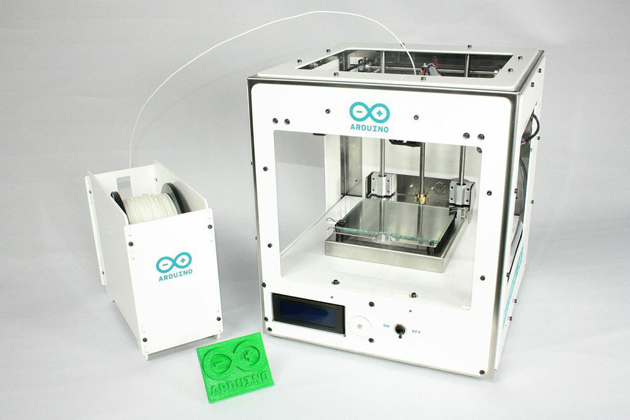After the sneak peak of some days ago, we are happy to officially announce the Arduino 3d printer . Completely open source and affordable, Arduino Materia 101 is a device aiming at simplifying access to the world of 3D printing and rapid prototyping.
Materia 101 is a precision 3D printer running on Arduino Mega, designed and developed in Italy, thanks to the collaboration of Arduino and Sharebot, two companies working with a similar approach to technology. It is ideal for beginners, makers and education.
Materia 101’s visual identity is curated by studio ToDo: the choice of essentiality of design and the white color of the machine suggests its ease of use.
The printer will be available only on the Arduino Store both as a kit and pre-assembled. Official pricing of the device will be disclosed at a later date but the kit will sell for less than 600 EUR/800 USD, while the pre-assembled version will be available for less than 700 EUR/1000 USD.
The official presentation will be held during Maker Faire Rome, 3-5 October 2014.
Technical characteristics:
Printing technology: Fused Filament Fabrication
Printing area: 140 x 100 x 100 mm +/- 5mm
X and Y theorical resolution position: 0,06 mm
Z resolution: 0.0025 mm
Extrusion diameter: 0.35 mm
Filament diameter: 1.75 mm
Optimal temperatures with PLA: 200-230°
Tested and supported filaments: PLA
Unsupported but tested filaments: Cristal Flex, PLA Thermosense, Thermoplastic Polyuretane
(TPU), PET, PLA Sand, PLA Flex
External dimensions: 310 x 330 x 350 mm
Weight: 10 kg
Usage: 65 watt
Electronical board: Official Arduino Mega 2560 with Open Source Marlin Firmware
LCD display 20 x 4 with encoder menu
Preloaded with PLA printing presets
Extruder block with filament pressure regulation
